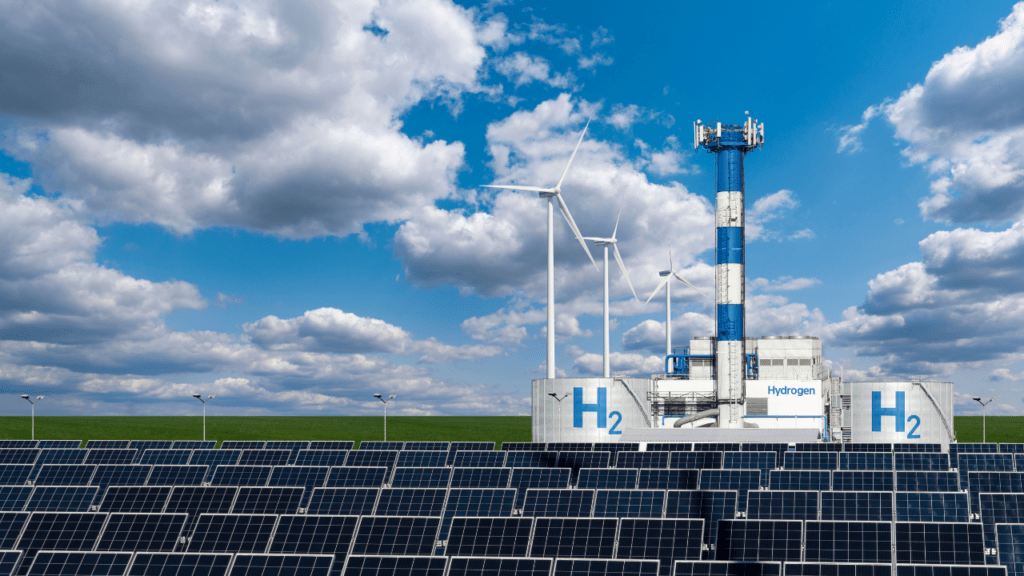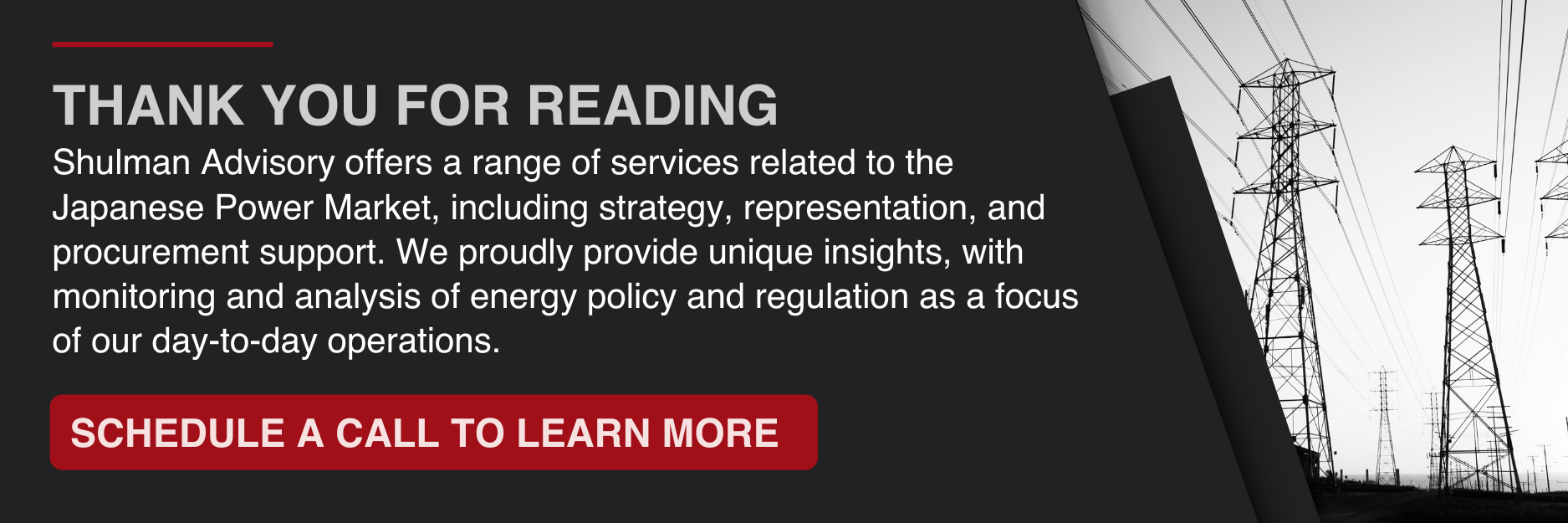Publication date: March 3, 2024
Hokkaido Electric Power Company (HEPCO), ENEOS, and Idemitsu announced on February 20 that they will jointly explore the construction of a green #hydrogen supply chain in Tomakomai, Hokkaido Prefecture.
They plan to build water electrolysis plants and hydrogen storage facilities with a capacity of over 100MW by 2030. The plant will produce 10,000 tons of hydrogen annually using renewable-derived electricity. That hydrogen will be supplied to end-users within the complex, including Idemitsu’s Hokkaido refinery, through newly constructed pipelines.

According to HEPCO, Hokkaido is the ideal place for a green hydrogen hub because the prefecture has ample renewable wind energy potential, while its energy demand is relatively low, leaving plenty of green power for hydrogen production. There is also significant potential local hydrogen demand. Research that HEPCO carried out with four other companies indicated that hydrogen uptake in the industrial, power generation, and mobility sectors in the Tomakomai area could reach 70,000 tons per year.
Under the plan, HEPCO will:
- Procure renewable electricity, as well as build, operate, maintain, and sell the hydrogen.
Idemitsu’s responsibilities include:
- Using the hydrogen as a feedstock for synthetic fuels and engage the local communities to foster an understanding of hydrogen.
ENEOS is involved in:
- Conducting business feasibility assessments, design the electrolysis plant, and aid the sale of hydrogen.
The project is expected to be the largest hydrogen production plant in Japan. It is a major development, as Japan’s hydrogen strategy has so far relied mostly on establishing international supply chains to import hydrogen from abroad.
Unveiling the Largest Production Plant Amidst Uncertainties
However, key details have yet to be defined. The final investment decision for the Tomakomai project is not expected until 2025 and the plant will not start producing hydrogen until around 2030. The companies’ announcement also does not include cost estimates, and it is still unclear whether the hydrogen from this project will be competitive with imported hydrogen or existing fossil fuels.
In its early phase, production will use grid electricity from a mix of nuclear, renewables, and thermal, which means that the hydrogen will not be “green” at first. The share of renewables-based production will increase as Hokkaido increases its offshore wind capacity, suggesting that the future of Hokkaido’s (and Japan’s) green hydrogen future depends critically on its renewable energy expansion, most notably offshore wind.

________________________________________________________________________________________

